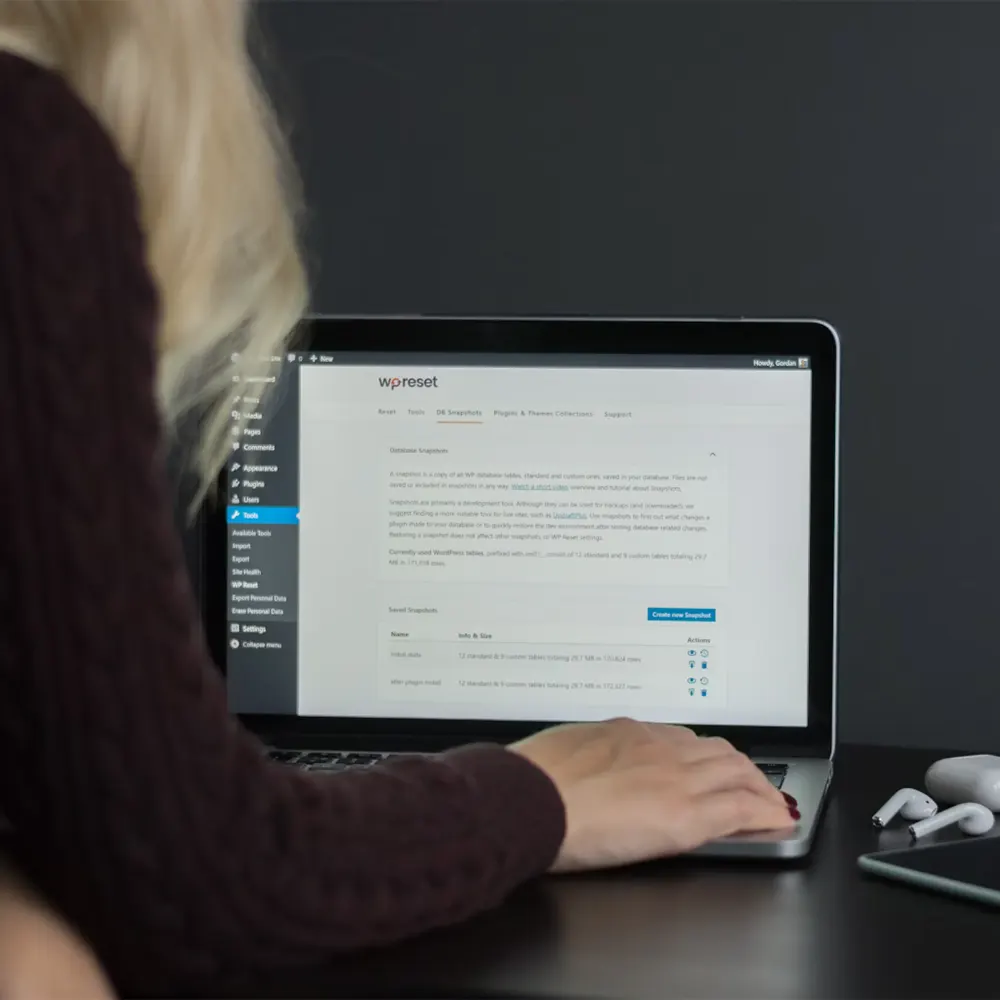
Keeping Your WordPress Site Updated: Best Practices
WordPress is a powerful and versatile platform for building and managing websites. However, like any software, it requires regular updates to ensure optimal performance, security, and functionality. In this comprehensive guide, we’ll explore the importance of keeping your WordPress site updated and provide best practices for managing updates effectively.
Why Updates Matter
Regular updates are essential for several reasons:
- Security: Updates often include patches for security vulnerabilities that hackers could exploit to gain unauthorized access to your site or compromise user data.
- Performance: Updates may include performance improvements and optimizations that enhance the speed and efficiency of your site.
- Compatibility: Updates ensure compatibility with the latest web technologies and standards, preventing compatibility issues with browsers, plugins, and themes.
- Features: Updates may introduce new features, enhancements, and functionality that improve the user experience and enable you to take advantage of the latest trends and innovations.
Best Practices for Managing Updates
Follow these best practices to keep your WordPress site updated effectively:
Enable Automatic Updates
WordPress allows you to enable automatic updates for core software, plugins, and themes. While automatic updates can help ensure that your site remains up-to-date without manual intervention, it’s essential to monitor updates regularly to address any issues that may arise.
Backup Your Site Regularly
Before performing updates, always backup your site to ensure that you can restore it quickly in case of any problems or conflicts. Use reliable backup plugins or services to create backups of your files, database, and content on a regular basis.
Test Updates on a Staging Site
Before applying updates to your live site, test them on a staging site or local development environment to identify any compatibility issues or conflicts. Testing updates in a controlled environment allows you to assess their impact without risking the integrity of your live site.
Update Plugins and Themes Wisely
While it’s essential to keep plugins and themes updated, exercise caution when updating them, especially if they have not been tested with the latest version of WordPress. Review release notes, changelogs, and user feedback before applying updates to ensure compatibility and stability.
Monitor for Security Vulnerabilities
Stay informed about security vulnerabilities and threats that may affect your WordPress site. Subscribe to security bulletins, follow reputable security blogs, and use security plugins to scan for and mitigate potential risks.
Stay Informed About WordPress Updates
Regularly check for updates to WordPress core, plugins, and themes, and apply them promptly to ensure that your site remains secure and up-to-date. Subscribe to official WordPress channels, forums, and newsletters to stay informed about the latest updates and announcements.
Conclusion
Keeping your WordPress site updated is essential for maintaining its security, performance, and functionality. By following best practices for managing updates effectively, you can ensure that your site remains secure, stable, and optimized for success.
Remember to enable automatic updates, backup your site regularly, test updates on a staging site, update plugins and themes wisely, monitor for security vulnerabilities, and stay informed about WordPress updates. By prioritizing updates and staying vigilant, you can keep your WordPress site running smoothly and protect it from potential risks and threats.
